LEH LADHAK FAMOUS PLACES
Exploring the rugged terrains and serene landscapes of Leh Ladakh is akin to embarking on a soul-stirring journey. Nestled amidst the majestic Himalayas in the northernmost region of India, Leh Ladakh is a haven for adventurers, nature enthusiasts, and spiritual seekers alike. Renowned for its breathtaking scenery, vibrant culture, and ancient monasteries, Leh Ladakh beckons travelers from across the globe. In this blog, we will delve into some of the most famous places that make Leh Ladakh an unforgettable destination.
1. Pangong Lake:
One of the most iconic and picturesque attractions in Leh Ladakh is the mesmerizing Pangong Lake. Stretching over 134 km, this saline water lake is situated at an altitude of about 4,350 meters above sea level. Its crystal-clear blue waters, surrounded by rugged mountains, create a stunning panorama that captivates the hearts of all who behold it. Pangong Lake gained worldwide fame after featuring in the Bollywood blockbuster “3 Idiots.” Visitors often indulge in camping by the lakeside to witness the enchanting hues of sunrise and sunset painting the landscape with ethereal beauty.
2. Nubra Valley:

Nestled at an altitude of about 10,000 feet above sea level, Nubra Valley is a verdant oasis amidst the barren landscapes of Ladakh. Renowned for its breathtaking vistas of rolling hills, lush orchards, and meandering rivers. Nubra Valley is a haven for nature lovers. The valley is also famous for its unique double-humped Bactrian camels, which offer visitors a memorable experience of camel safaris amidst the tranquil surroundings. Another highlight of Nubra Valley is the Diskit Monastery, perched atop a hill, offering panoramic views of the valley below.
3. Leh Palace:
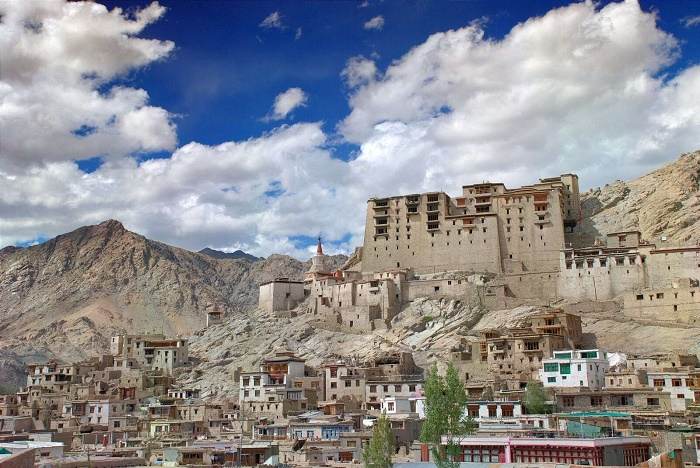
A symbol of Leh’s rich cultural heritage, Leh Palace stands proudly atop Namgyal Hill, overlooking the vibrant town below. Built in the 17th century by King Sengge Namgyal, this nine-story palace served as the royal residence of the Namgyal dynasty. While the palace has now fallen into ruins, its architectural grandeur and historical significance continue to attract visitors from far and wide. Exploring the intricately designed prayer halls, royal chambers, and panoramic viewpoints within the palace complex offers a glimpse into Leh’s glorious past.
4. Magnetic Hill:
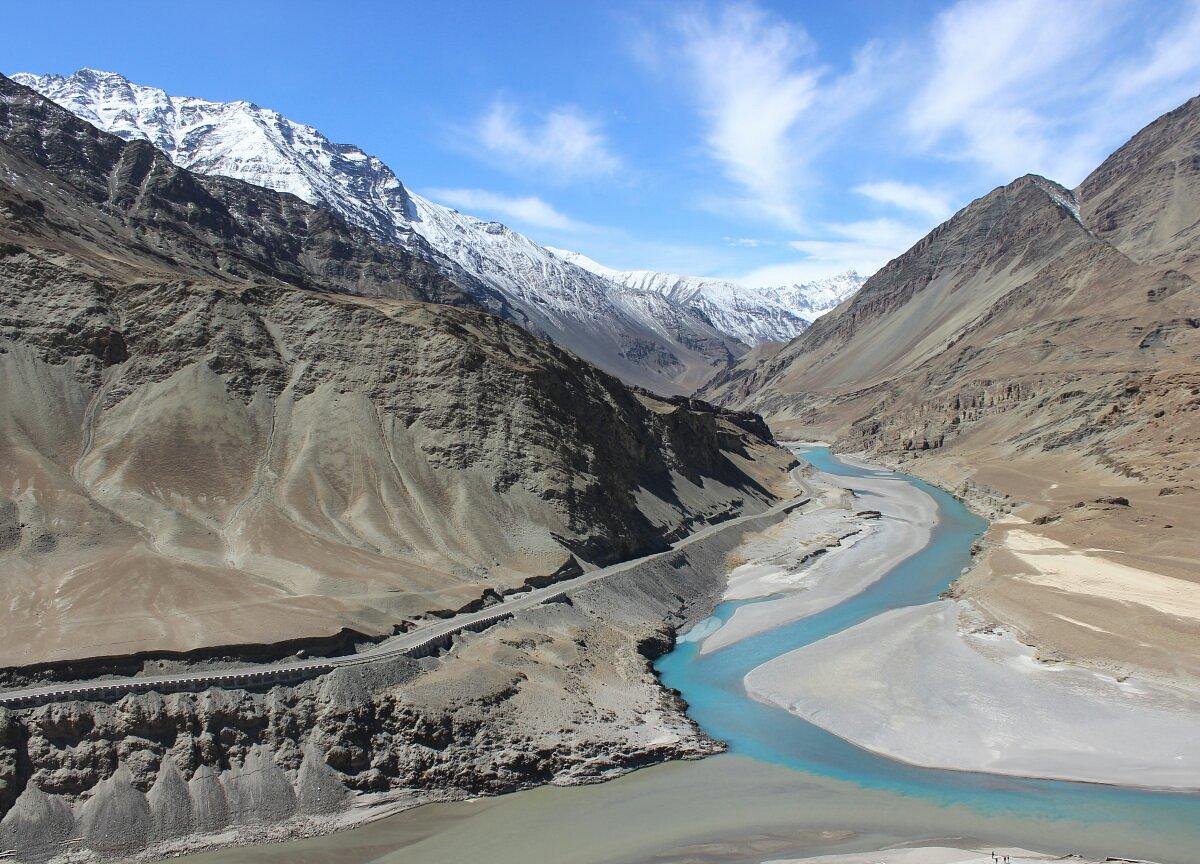
One of the most intriguing natural phenomena in Leh Ladakh is the Magnetic Hill, located on the Leh-Kargil-Srinagar highway. Known for its gravity-defying effect, where vehicles appear to move uphill on their own accord. The Magnetic Hill has become a popular stopover for tourists. While scientists attribute this phenomenon to optical illusion. The experience of witnessing vehicles rolling uphill seemingly against gravity is nothing short of surreal. Visitors often halt here to marvel at this enigmatic wonder of nature and capture memorable photographs.
5. Thiksey Monastery:
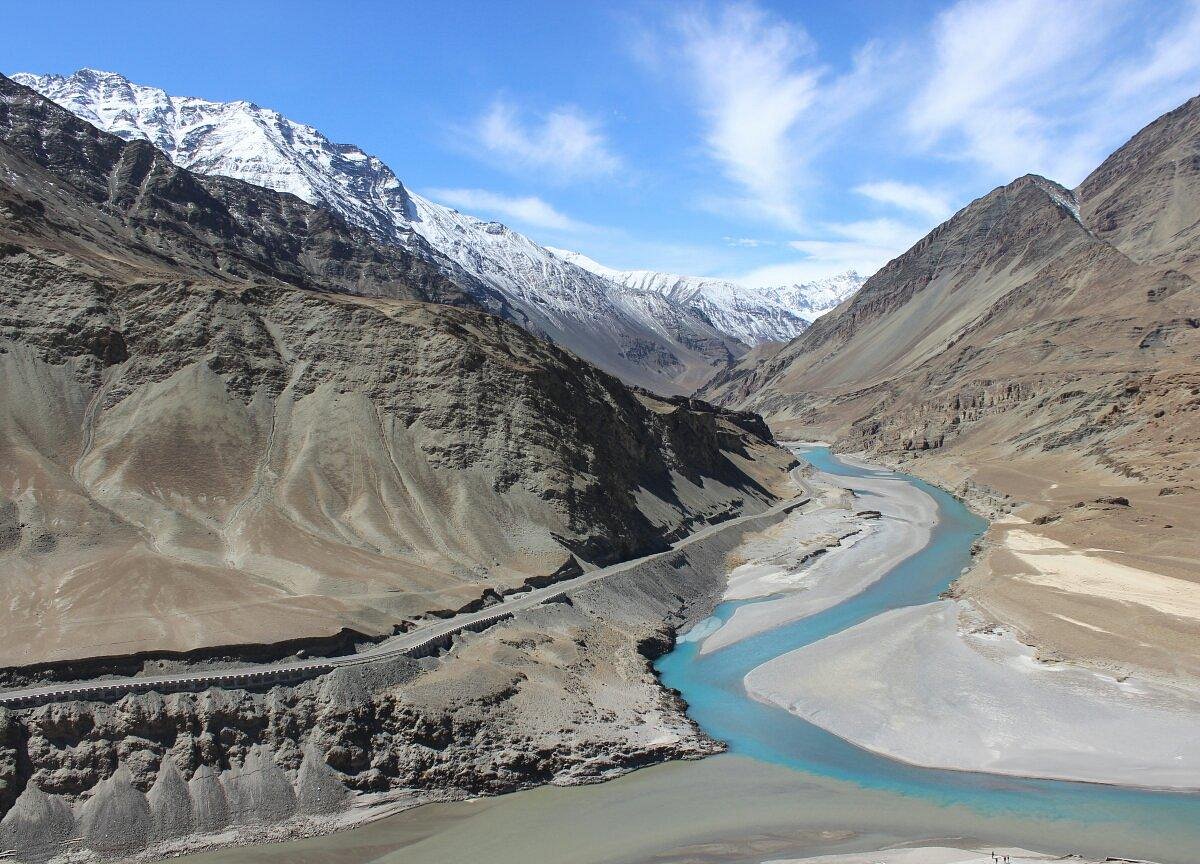
Perched atop a hill overlooking the Indus Valley, Thiksey Monastery is a prominent Buddhist monastery in Ladakh. Renowned for its architectural splendor and spiritual significance, Thiksey Monastery is often referred to as “Mini Potala” due to its resemblance to the Potala Palace in Lhasa, Tibet. The monastery complex comprises various temples, stupas, and prayer halls adorned with exquisite murals, sculptures, and Tibetan Buddhist artifacts. The morning prayers and ceremonies held at Thiksey Monastery offer visitors an insight into the spiritual rituals and practices of the monks.
6. Hemis Monastery:
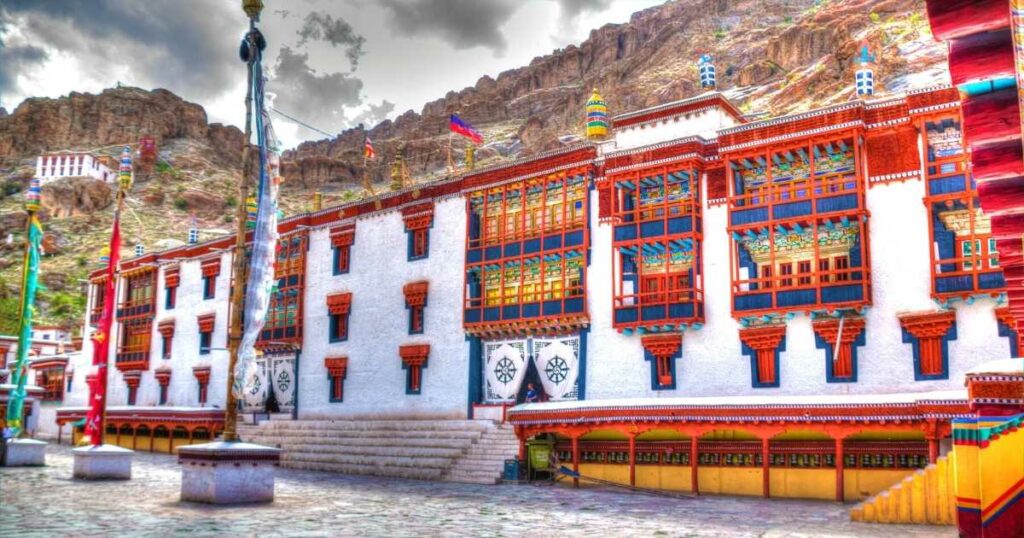
Tucked away in a secluded valley, Hemis Monastery is one of the wealthiest and most famous monasteries in Ladakh. Believed to have been founded in the 11th century by the Tibetan Buddhist master Naropa. Hemis Monastery is renowned for its annual Hemis Festival, which celebrates. The birth anniversary of Guru Padmasambhava, the founder of Tibetan Buddhism. The monastery houses a vast collection of ancient scriptures, thangkas (scroll paintings), and sacred artifacts, making it a revered pilgrimage site for Buddhists.
7. Khardung La Pass:

For adrenaline junkies and adventure enthusiasts, a visit to Khardung La Pass is a must-do experience in Leh Ladakh. Situated at an altitude of 5,359 meters above sea level, Khardung La Pass is one of the highest motorable passes in the world. The rugged terrain, precarious roads, and breathtaking views make the journey to Khardung La Pass an exhilarating adventure. The pass serves as a gateway to the Nubra and Shyok Valleys, offering panoramic vistas of snow-capped peaks and dramatic landscapes that leave travelers awestruck.
8. Shey Palace:

Located on a hillock overlooking the Indus River, Shey Palace is a historic royal residence that dates back to the 17th century. Built by King Deldan Namgyal, the palace served as the summer retreat of the royal family of Ladakh. Though now mostly in ruins, the palace complex still retains its architectural charm, with the Shey Monastery being a prominent feature.
9. Alchi Monastery:
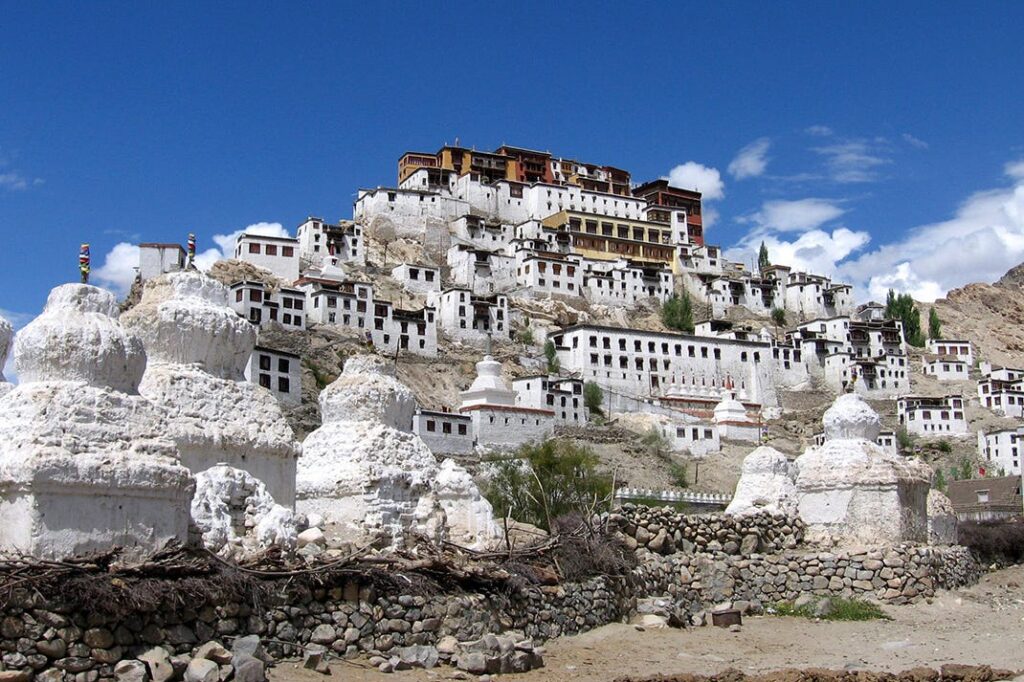
Situated on the banks of the Indus River, Alchi Monastery is renowned for its exquisite frescoes, intricate wood carvings, and ancient scriptures. Believed to have been founded by the Tibetan Buddhist scholar Rinchen Zangpo in the 10th century. Alchi Monastery is one of the oldest and most well-preserved monastic complexes in Ladakh. The monastery’s unique artistic style, blending Indian and Tibetan influences, makes it a treasure trove of Buddhist art and culture. Visitors can explore the various temples and stupas within the monastery complex, each adorned with intricately detailed murals depicting Buddhist deities and motifs.
10. Stok Palace:
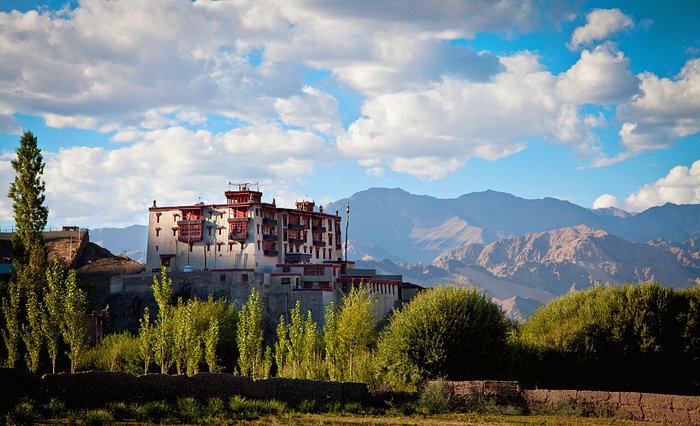
Perched atop a hill in the Stok village, Stok Palace is the current residence of the royal family of Ladakh. Built in the 19th century by King Tsespal Tondup Namgyal. The palace is renowned for its architectural splendor and cultural significance. The palace museum houses a remarkable collection of royal artifacts, thangkas, costumes, and antique weaponry, offering visitors a glimpse into the rich history and heritage of Ladakh. The annual Stok Kangri Festival, held in July, celebrates Ladakh’s vibrant cultural traditions through music, dance, and various traditional festivities.
Conclusion:
Leh Ladakh is a land of mystique and magic, where every corner is imbued with natural beauty, cultural richness, and spiritual serenity. From the tranquil shores of Pangong Lake to the ancient monasteries nestled amidst the rugged mountains. Every place in Leh Ladakh tells a story of timeless allure and enchantment. Whether you’re seeking adventure, spiritual enlightenment, or simply a moment of quiet contemplation amidst nature’s grandeur. Leh Ladakh offers an experience that is nothing short of extraordinary. Now gather your belongings, go out on an exploration voyage. And allow the unmatched splendor of Leh Ladakh to permanently imprint itself on your spirit.
KNOW MORE ABOUT RECENT BLOGS

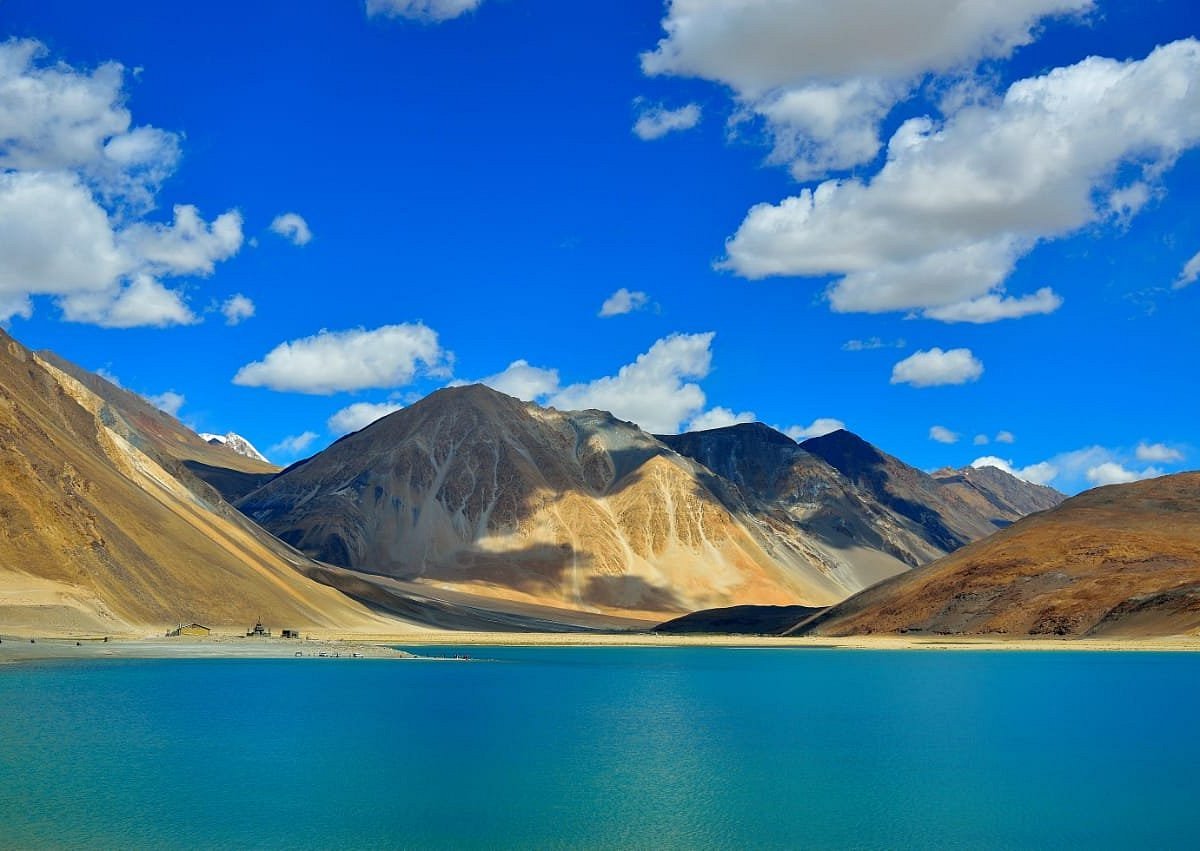
Very nice article and right to the point. I am not sure if this is actually the best place to ask but do you people have any thoughts on where to employ some professional writers? Thx 🙂